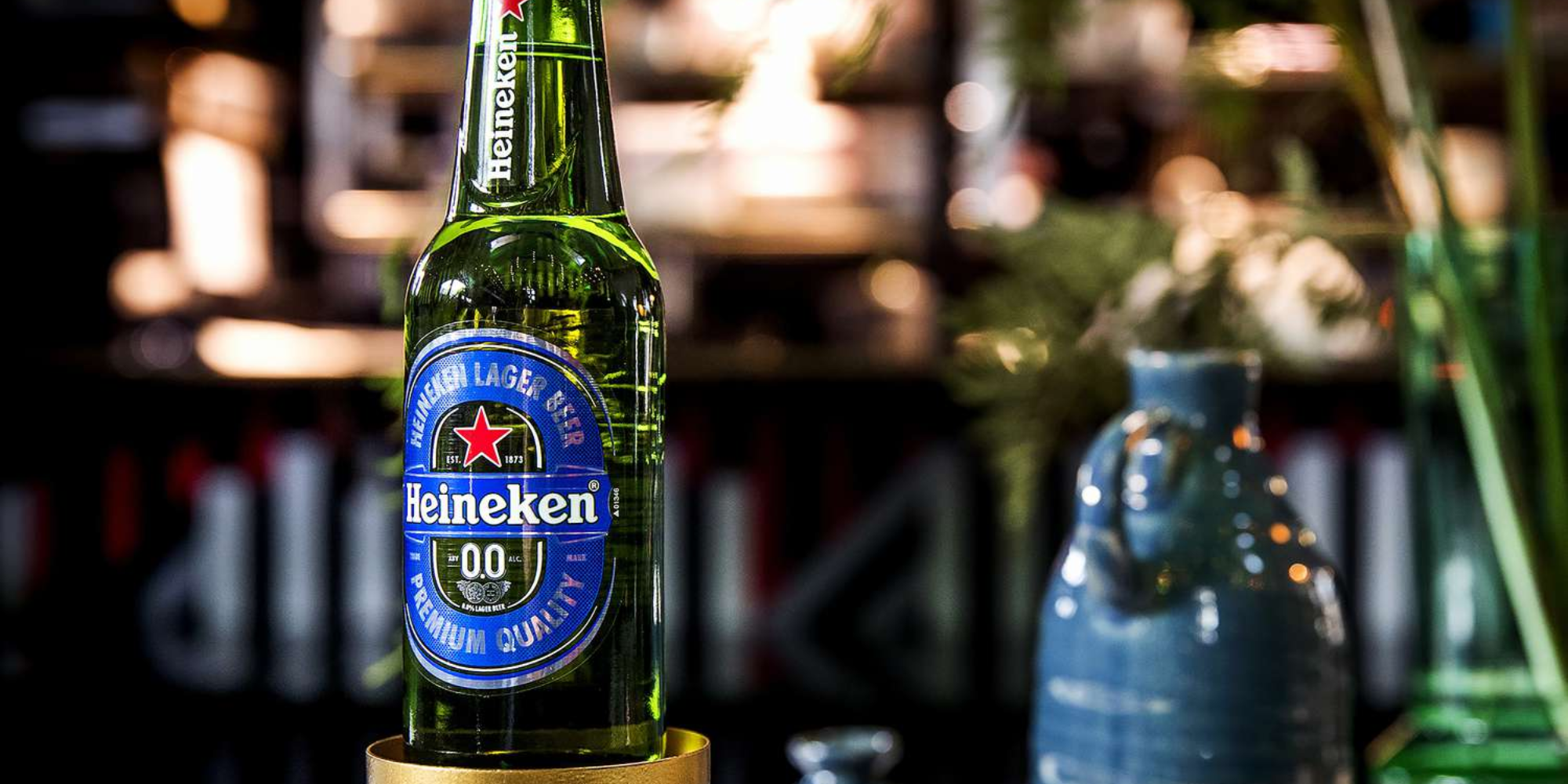Product sampling is a common marketing strategy businesses use to promote their products and increase sales. Whilst product sampling can provide numerous benefits, companies must carefully consider their sampling programs’ costs and potential return on investment (ROI).
The cost of product sampling can be a significant investment for businesses, particularly for small and medium-sized enterprises (SMEs). However, every business, regardless of size, must justify its marketing spend and abide by departmental budgets if they are to be financially viable in the long term.
In this article, we will explore the cost vs benefit associated with product sampling and provide insights into how businesses can effectively measure the ROI of their sampling initiatives.
The Benefits of Product Sampling
Product sampling is an effective marketing channel that provides numerous benefits to businesses. To determine if the cost of product sampling is worth the return for your goals, let’s discuss the key benefits.
Increased sales
No one likes to waste money, and people generally want to be confident in their spending. Product sampling allows potential customers to try a product before they buy it, which increases the likelihood that customers will purchase that product or from that brand in future.
Read about Tommy Hilfiger who Relish helped to increase their sales by 214%
Brand awareness
Sampling can also help to build brand awareness and create positive associations with a brand. Customers who have had a positive experience with a product are more likely to recommend it to others and pay attention to other product releases from that brand in the future.
Market research
Product sampling is an effective way to gather customer feedback. Feedback analysis can then be used to improve product design and marketing strategies.
Working with a product sampling agency gives you access to enhanced consumer insights, compared to an exclusive in-house campaign, due to the breadth of industry experience, established networks and specialist product sampling teams.
In addition to consumer insights, using a product sampling agency allows for superior campaign analysis.
A campaign must have the resources for effective analysis to know how successful the campaign really was and how to replicate/improve campaigns in the future. Relish prides itself on its campaign analysis, and our clients echo their love for our extensive campaign insight reports.
To hear more about what we can do for your business and to discuss costs, drop us a message or give us a call on 01173751160 or send us an email at team@relishagency.com.
Product Sampling Costs
Sampling can be a costly marketing method for businesses, as it involves the creation, distribution, and management of sample products. If you’re wondering exactly how much product sampling costs, it can vary depending on several factors. These include the type of product being sampled, the number of samples produced, and the distribution channels used.
In many cases, particularly once a campaign reaches a certain scale, businesses work with external agencies, such as Relish, who can help to advise on a campaign’s parameters with a budget in mind. Working with a product sampling agency can help to reduce costs and help you get the most out of a campaign. This is due to existing established networks and invaluable consumer insights post-campaign.
Whether you’re browsing agencies or keeping it in-house, we have laid out a few of the costs that need to be considered when planning a product sampling marketing campaign.
1. Product development
The cost of creating and producing samples can include expenses such as product development, packaging, labelling, and shipping. Some companies distribute full-size products, which does negate the need for additional sample development. However, the value of full-size stock is usually higher. For this reason, it is worth considering as part of your product sampling strategy whether you would be distributing full-size or mini product samples.
2. Sample distribution
The distribution of samples can also have a significant cost, with expenses such as transportation, storage, and staffing at events. Factors affecting distribution costs can include product size, weight and shape, storage needs, and perishability due to how couriers and warehouses charge.
For this reason, companies must consider the cost of creativity when designing packaging, as an innovative concept, though memorable, could end up pushing you over budget.
3. Product sampling agencies
Using a product sampling agency can reduce the costs associated with product sampling as they should have an established network of storage and transportation partners. They may even be able to get you discounts!
However, as with all forms of outsourcing, hiring external agencies to manage sampling campaigns can add to the overall cost.
If executed effectively, product sampling can be a worthwhile investment for businesses looking to increase brand awareness and customer engagement.
4. Staffing costs
Hiring promotional staff is another cost that could be incurred depending on the parameters of the campaign. If your product sampling marketing campaign uses methods such as the examples below, you are likely to need promotional staff to help carry out the campaign.
There are specialist promotional staffing companies that will put together a trained team to suit your campaign needs, or your product sampling agency can also source them for you and might be able to reduce costs if they have a partnership.
5. Venue rental
Venue rental can be a significant cost associated with a product sampling campaign, particularly if the campaign involves in-person sampling at a specific location. The costs involved could include the venue rental fee, a security deposit, insurance, equipment rental if the venue doesn’t provide tables and chairs, audio/visual equipment etc., a cleaning fee, and additional fees such as parking, security or wifi access.
Though venue rental is costly, you are likely to attract customers already interested in your brand or your products/services. For this reason, an event sampling campaign can be one of the product sampling methods with the highest ROI.
6. Marketing materials
Marketing materials are an essential component of a product sampling campaign, as they help to promote the program, educate potential customers about the product, and provide a positive brand experience.
Examples of marketing materials involved with a product sampling campaign include signage, flyers or brochures, product packaging, and digital marketing assets. The samples themselves could also be considered marketing material.
Product Sampling ROI: Is it worth it?
The return on investment (ROI) of product sampling as a marketing method can be difficult to quantify, as it may depend on various factors such as the type of product being sampled, the target audience, and the goals of the sampling campaign. However, when executed effectively, product sampling can be a highly effective way to generate sales, increase brand awareness, and build customer loyalty.
When measuring the ROI of product sampling, businesses may look at metrics such as the number of samples distributed, the number of sales generated, the cost per sample, and ROI as a whole. However, it’s important to note that these metrics may not capture the full value of product sampling as a marketing method. This is because the benefits may extend beyond immediate sales and include factors such as increased brand awareness, customer loyalty, and market research insights.
Clinique’s 81% potential ROI
Clinique’s product sampling campaign in 2022 used Relish partner, ASOS, to distribute samples of their Moisture Surge 100 Hour moisturiser sample to ASOS customers. The results of the campaign were 81% of customers said they would buy the full-size product at full price, 43% said their perception of the brand changed as a result of receiving the sample, and 57% said the sample reinforced their positive perception of Clinique.
Considering you cannot state a blanket ROI for all product sampling campaigns, results such as Clinique’s prove that the ROI of product sampling was absolutely worth it for them!
Read more Relish case studies
The Value of Relish
In conclusion, product sampling is an effective marketing strategy that can provide numerous benefits to businesses, including increased sales, brand awareness, and market research. However, the cost of product sampling can be a significant investment, particularly for small and medium-sized enterprises.
To effectively measure the ROI of their sampling initiatives, businesses must carefully consider the costs and potential return on investment associated with product sampling. This can include product development, packaging, labelling, shipping, and distribution, as well as promotional staffing, venue rental, and agency fees.
By working with a product sampling agency, businesses can reduce costs and gain access to enhanced consumer insights, which can help to improve product design and marketing strategies in the long term.
Ultimately, if executed effectively, product sampling can be a worthwhile investment for businesses looking to increase brand awareness, customer engagement, and sales.
To hear more about what we can do for your business or to discuss costs, drop Relish a message or give us a call on 01173751160 or send us an email at team@relishagency.com.







